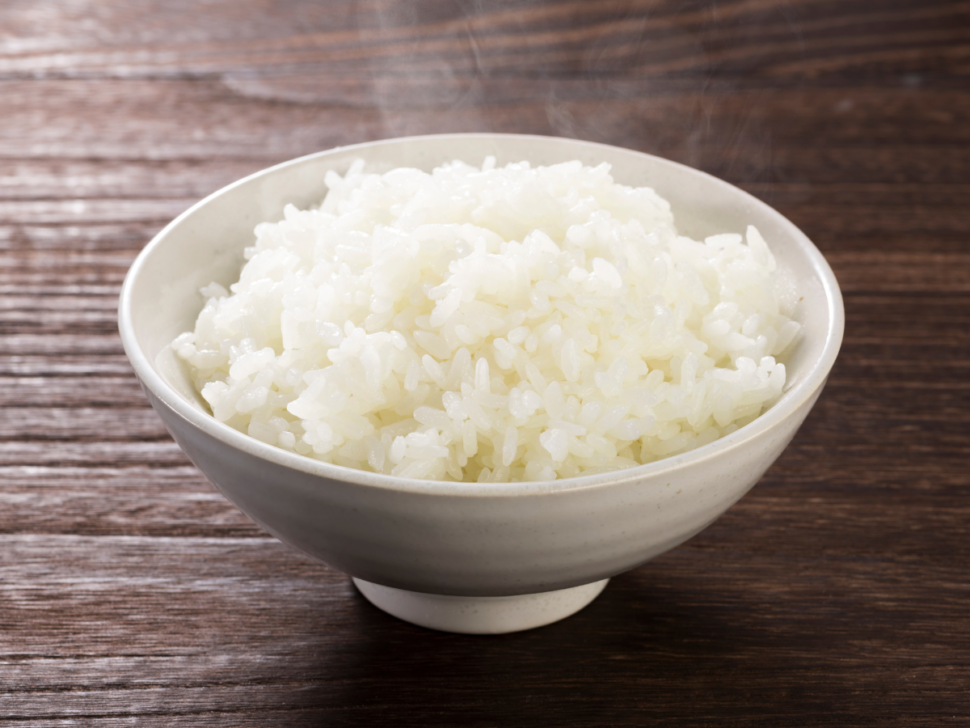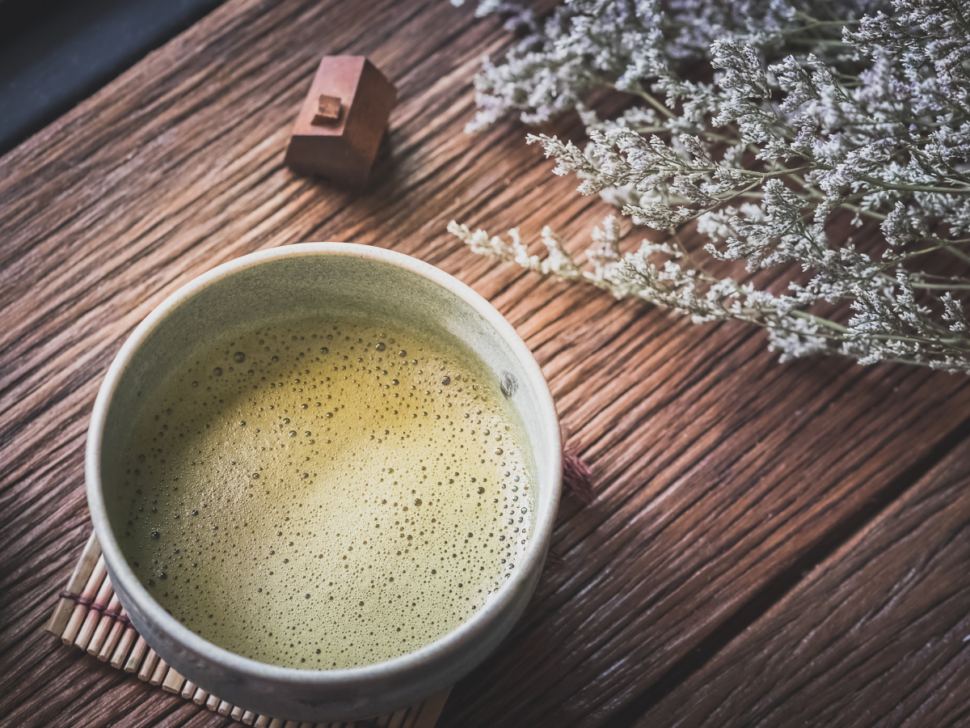12 Traditional Autumn Foods in Japan
It is officially autumn, so that means pumpkin spice everything, right? Not exactly! While Western chains such as Starbucks offer a variety of pumpkin spice drinks, there are more popular autumn flavors in Japan. Let’s take a look at Japan’s favorite, traditional autumn foods!
1. Persimmons (柿, かき)
Persimmons, known in Japanese as kaki, are an iconic sight in Japan during autumn. Persimmons are loved in Japan due to their sweet taste, soft texture, and health benefits. Persimmons arrived from China over 1,000 years ago and come in two varieties. Non-astringent persimmons (甘柿, あまがき or amagaki) have a round shape like a small pumpkin. They can be eaten untreated once they have ripened and have a jelly-like consistency. Astringent (渋柿, しぶがき or shibugaki) persimmons are oblong in shape and bitter if eaten untreated. The way to make these persimmons palatable is by leaving them to dry out in the sun. It is common during autumn, especially in the countryside, to see rows of peeled persimmons hanging from strings. Once the persimmons have been sun-dried, they are very sweet and delicious. They are then used to flavor wagashi and other treats. These persimmons are as a symbol of fortune and longevity. Because of this, they are also used in the Kagami Biraki (鏡開き, かがみびらき) mochi during New Year’s celebrations.
2. Chestnuts (栗, くり)
Chestnuts, or kuri, are another staple of autumn in Japan. Roasted chestnuts are a symbol of the fall and winter months around the world, and Japan is no exception. You can find vendors selling bags of roasted chestnuts (焼き栗, やきくり or yakikuri) along the street to keep travelers warm as they brave the cold. Chestnuts are also found in a variety of sweet and savory foods. One popular autumn dish is kuri-gohan (栗ご飯, くりごはん), which is made of chestnuts and black sesame seeds over white rice. Kuri no kanroni (栗の甘露煮, くりのかんろに) is a decadent jelly compote made from chestnuts simmered in syrup. This sweet compote is used to make sweets year round, but especially during the fall. Like persimmons, chestnuts are also used in a variety of wagashi and other treats during this time of year.
3. Sweet Potatoes (さつまいも)
Sweet potatoes (satsumaimo) are a classic symbol of both fall and winter in Japan. Roasted Sweet Potatoes (焼き芋, やきいも or yakiimo) are the most popular during this time. You can find vendors on the street and at festivals serving roasted sweet potatoes. They are especially popular since the heat from the potatoes keeps your hands warm during the cold months! Candied Sweet Potatoes (大学芋, だいがくいも or daigaku-imo) are also a beloved treat found throughout the fall season. For this recipe, pieces of sweet potato are deep fried and dipped in a caramelized sugar syrup. This treat got its name because it is especially popular on college (daigaku) campuses! The sweet potato can be found in countless other dishes throughout the season, from soups to wagashi!
4. Matsutake Mushrooms (松茸, まつたけ)
Matsutake mushrooms grow from early fall to mid-winter, making them a perfect autumn food. They are known as “pine mushrooms” since they grow in pine forests through Japan and east Asia. These mushrooms are highly-sought after but very rare, so they can be quite expensive. Because of this, they are a special treat and are sometimes even given as gifts! Common matsutake mushroom meals include grilling them in soy sauce, steaming them with rice, or adding them to soups.
5. Oden (御田, おでん)
Oden is a typical comfort food eaten in Japan during the fall and winter months. This hotpot dish is made by simmering a mix of foods in a dashi or soy sauce broth. Oden typically includes daikon radish, boiled eggs, fishcakes, tofu, and konjac (a Japanese root vegetable). Oden is even served at konbinis. It is common during wintertime to find a large pot of oden set out in konbinis, so customers can fill up a bowl to enjoy on a cool day.
6. Sanma (サンマ)
Sanma, officially known as Pacific Saury, is referred to as the “autumn swordfish.” During autumn, sanma swim down from the northern Pacific and become more readily available. It is during this time that they are more fatty, and therefore have a richer taste. The most popular way to enjoy sanma is to have it salted and grilled with a side of miso soup and rice.
7. Kabocha (南瓜, カボチャ)
Kabocha is a winter squash referred to as the Japanese pumpkin. However, they are not to be confused with a Western pumpkin. Kabocha are small and green, but like the classic orange pumpkin, they are a popular fall food! Kabocha no nimono (カボチャの煮物, カボチャのにもの) is the most common way to eat kabocha. It is made by simmering chunks of kabocha in a mixture of sugar, mirin, sake, and soy sauce or dashi. Kabocha is also a popular vegetable found in tempura dishes. Like the classic orange pumpkin, kabocha is found in traditional autumn meals such as soups and pies.
8. Asian Pear (梨, ナシ)
The Asian pear, or nashi pear, reaches its peak during the early autumn season. Asian pears are crisp and juicy like apples, and even share a similar appearance. These pears are perfect for baking and can be found in cakes and pies.
9. Apples (林檎, リンゴ)
Apples are a symbol of autumn all around the world since they are harvested during these months. In Japan, the most popular apple is the fuji apple. Although these apples were named after Fujisaki, the town where they first developed, the majority of them come from Aomori prefecture. Aomori is located in the the Tōhoku region in northern Honshu. The apples grow best in its cold climate and mountainous land. Fuji apples are bright red in color, crisp, sweet, and juicy. They make for a refreshing snack and work well in baked goods. If you visit Aomori prefecture, you will find a variety of apple products, from apple strudel to apple curry!
10. Seasonal Mochi
The most notable autumn mochi are tsukimi dango and ohagi, or botamochi. Tsukimi dango (月見団子, つきみだんご) is mochi made to celebrate Tsukimi (月見, つきみ), the moon viewing festival. Tsukimi is the unofficial start of the fall season and takes place mid-September. Tsukimi dango are plain white rice dumplings that are stacked in a pyramid as an offering to the moon god. Rabbit-shaped mochi are also popular since rabbits are a symbol of Tsukimi. Besides mochi, egg dishes like Tsukimi soba or Tsukimi udon are eaten because the egg yolk represents the harvest moon.
Ohagi (おはぎ), also known as botamochi (ぼたもち), is another traditional mochi made during fall celebrations. Botamochi is eaten during Shūbun no Hi (秋分の日, しゅうぶんのひ), or Autumnal Equinox Day. This holiday usually takes place on September 22nd or 23rd and is the official start to the fall season. Botamochi is a sweet, hand-packed dumpling made from rice and red bean paste. It is also eaten on Shunbun no Hi (春分の日, しゅんぶんのひ), the Vernal (Spring) Equinox in March.
11. Shinmai (新米, しんまい)
Shinmai translates to “new rice.” It is the first rice crop harvested during the autumn harvest. It is softer, fresher, and somewhat sweeter than older rice. Rice is usually harvested in September, and is considered “new rice” until the end of the year. Shinmai is often eaten plain so the fresh taste can be appreciated.
12. Hojicha (焙じ茶, ほうじちゃ)
Hojicha is roasted green tea. It is the same as regular green tea, the only difference being that it has been roasted. Hojicha is usually made from bancha (番茶, ばんちゃ), or common tea, which is tea from the last or second to last harvest of the year. Traditionally, the leaves are roasted in a porcelain pot over charcoal. This results in the green leaves turning a reddish-brown, which create golden-colored tea. Because of this process, hojicha has a nutty, roasted flavor and is naturally sweet. The roasting process also removes much of the caffeine from the tea, making it a common drink in the evening.
What traditional Japanese autumn food do you want to try?











